Introducing new XBRL reporting: RUBA
- January 13, 2022
- 3 minutes
It’s time to dance some RU(M)BA!
The ACPR introduces RUBA (Reporting Unifié des Banques et Assimilés)
SURFI is now RUBA, as announced last year by L’Autorité de contrôle prudentiel et de résolution (ACPR), starting January 2022. The new regulatory reporting requirements include a number of changes and new additions to XBRL reporting requirements, switching from SURFI (Système Unifié des Reporting Financiers) to Reporting Unifié des Banques et Assimilés, RUBA in short. RUBA will completely replace the SURFI taxonomy from January 2022 for monthly returns, and from March 2022, for quarterly returns.
The ACPR puts more focus on XBRL reporting
The French Prudential Supervision and Resolution Authority has introduced RUBA to switch from SURFI. The changes to this area of regulatory reporting are definitely not just purely formal, as the change includes adding 1 800 new data points for XBRL reports, encompassing both completely new requirements, as well as updates to existing ones. Overall, the change does indicate that financial institutions required to report RUBA (ex-SURFI) to the ACPR will have to put more emphasis on their regulatory reporting processes, as they will not only be required to submit a larger number of data points but also validate more data prior to ACPR submission.
The RUBA devil is in the details
The move towards Reporting Unifié des Banques et Assimilés (RUBA) is not just a mere change of name, but a redesign of taxonomy requirements and a new regulatory reporting framework, amended according to Eurofiling standards with a new version of the Data Point Model (DPM).
The move from SURFI to RUBA includes:
- Revised data validation requirements
- Greater emphasis on data granularity
- One new RUBA report
- 12 updated reports
- Integration of insurance information for EIOPA
Regulatory reports affected by RUBA include:
- Notional cash pooling loans
- TITRE_PTF — shares will now be reported with further breakdown by type (listed, unlisted and other participation)
- M_CREANCE — columns have been added to improve the collection of information on non-monetary UCITs
- SITUATION — enriched with reporting on real estate details
No smooth gliding for regulatory reporting?
Compared with the previous regulatory reporting requirements, the RUBA framework will require more granular data to be reported from financial institutions. Regardless of the changes to data requirements, the right tool can make regulatory reporting both cost-efficient and substantially less time-consuming.
Not just the ACPR's RUBA
With the RUBA change, the data granularity and detail required for reported data has increased substantially, meaning that affected institutions stand before a crossroads: either more resources need to be devoted to complying with RUBA, or tedious and manual data validation processes need to be abandoned in favour of cost-efficient validation solutions. And to add to the regulatory reporting headache, it’s not only because of RUBA changes. To put this into context, only in 2020, there were 1300 changes to reporting compliance regulations worldwide, and that is just the tip of the iceberg. With more emphasis on data to feed effective supervision, financial institutions must prepare their regulatory reports to weather just about any storm.

As a RegTech solutions provider, we share the regulatory reporting headaches of our customers, especially when it comes to the last mile of their reporting process. Given that searching for data errors is similar to searching for a needle in a haystack, we offer a solution to make your regulatory reporting headache go away. With ATOME Particles, you can easily transform your regulatory reports in Excel file into XBRL format and validate it for data errors in a matter of minutes. Our solution is also XBRL- certified and listed with Eurofiling.
Time is precious, choose Particles and validate with speed.


